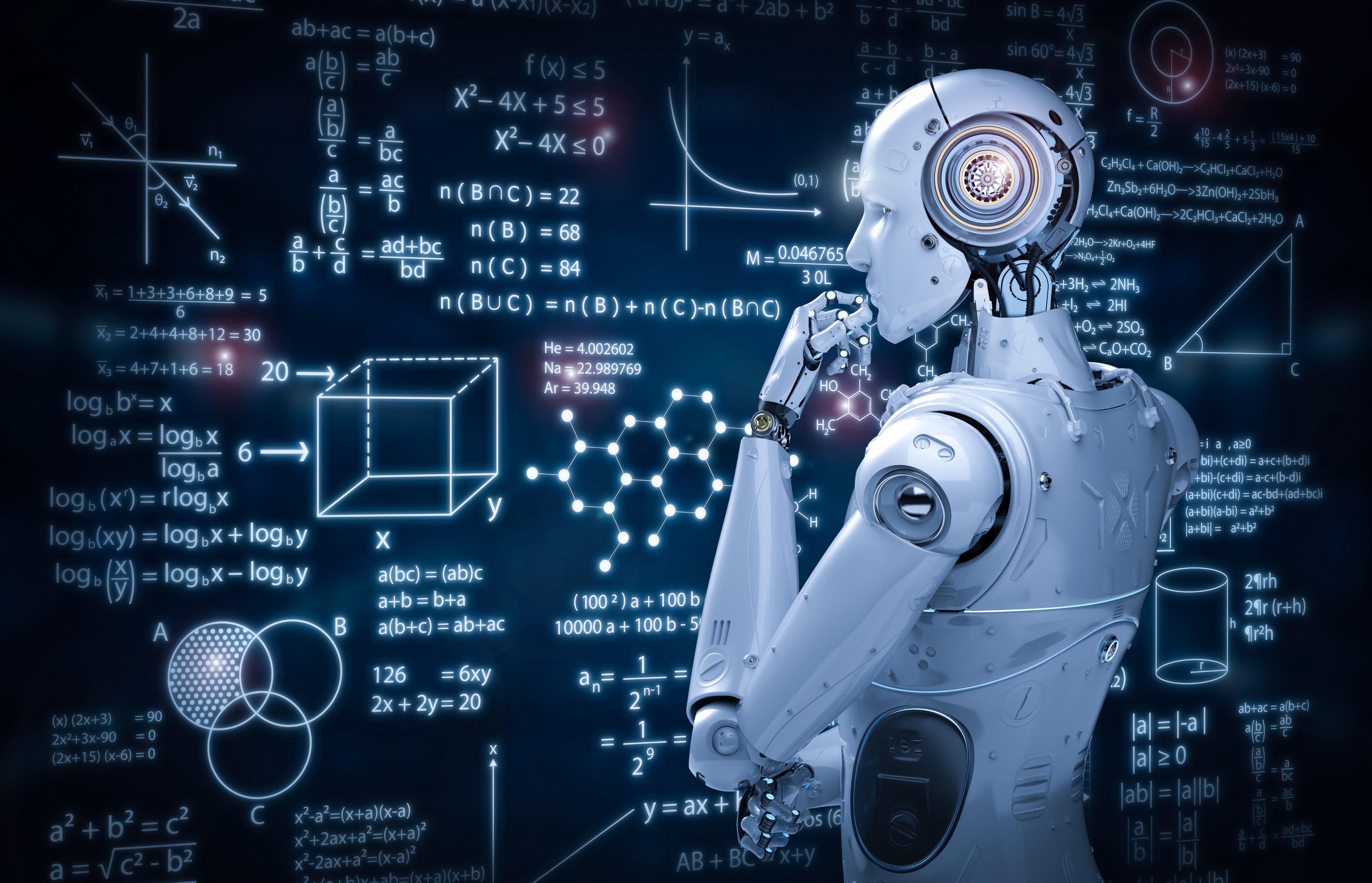Social media platforms are constantly evolving to keep up with the ever-changing landscape of online interactions. One of the challenges they face is detecting AI-profiles, which are accounts run by artificial intelligence rather than real individuals.
To combat this issue, social media platforms use a variety of techniques to identify and remove these AI-profiles. By implementing advanced algorithms and artificial intelligence of their own, social media platforms are able to detect patterns and behaviors that are indicative of AI-profiles.
In this article, we will explore three techniques used by social media platforms to effectively uncover and eliminate AI-profiles from their platforms.
1. Machine Learning Algorithms for AI-Profile Detection

Machine learning algorithms play a crucial role in the detection of AI-profiles on social media platforms. By utilizing advanced technology, these algorithms can analyze patterns and behaviors to distinguish between human and AI-generated content efficiently.
This allows platforms to identify and remove artificial accounts that may be spreading misinformation or engaging in disruptive activities. With the ability to detect subtle differences in writing style and variability, machine learning algorithms help maintain the authenticity and reliability of user-generated content on social media platforms.
2. Behavioral Analysis and User Interactions

In order to effectively identify AI-profiles on social media platforms, behavioral analysis and user interactions play a crucial role. By examining how users interact with content, Facebook post updates, engage with others, and respond to messages, these platforms can detect patterns that may indicate the presence of artificial intelligence.
Social media algorithms are designed to analyze the frequency, timing, and content of user interactions to differentiate between human and AI activity. By taking into account factors such as the language used, response times, and engagement levels, these platforms can accurately identify and flag potential AI-profiles for further investigation.
Behavioral analysis, therefore, serves as a key tool in the ongoing efforts to combat automated activity and ensure a more genuine user experience on social media platforms.
3. Natural Language Processing for Content Analysis

In order to effectively identify AI-profiles on social media platforms, one key technique used is Natural Language Processing for content analysis. This method involves analyzing the complexity and variations in text to distinguish between human-generated content and AI-generated content.
Humans tend to write with a mix of sentence lengths and complexities, ranging from longer, intricate sentences to shorter, more straightforward ones. On the other hand, AI-written sentences often lack this variability and exhibit a more uniform structure.
By leveraging Natural Language Processing techniques, social media platforms can detect patterns that indicate the presence of AI-profiles, ultimately helping to curb the spread of misinformation and fake accounts.
Conclusion
In conclusion, social media platforms employ a variety of techniques to effectively detect AI-generated profiles on their platforms. By utilizing machine learning algorithms, behavioral analysis, and image recognition technology, these platforms are able to identify suspicious accounts that may be operated by artificial intelligence.
It is crucial for social media companies to stay vigilant in combating the proliferation of AI profiles in order to maintain a safe and authentic online environment for their users. This ongoing battle against AI-generated profiles serves as a reminder of the importance of verifying the authenticity of online identities, as demonstrated by the existence of websites like this person does not exist which showcase the power of AI technology in creating realistic yet non-existent personas.







